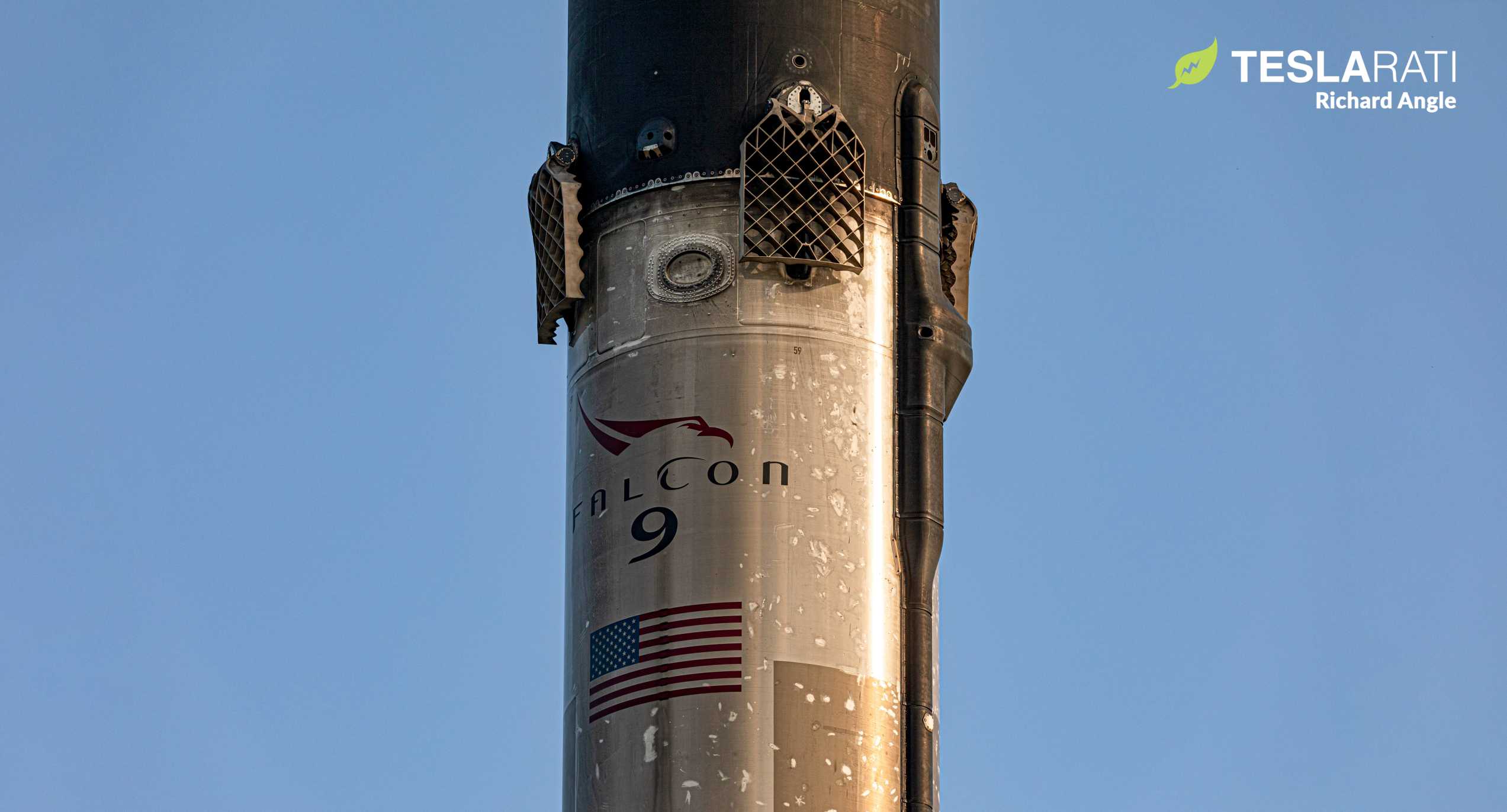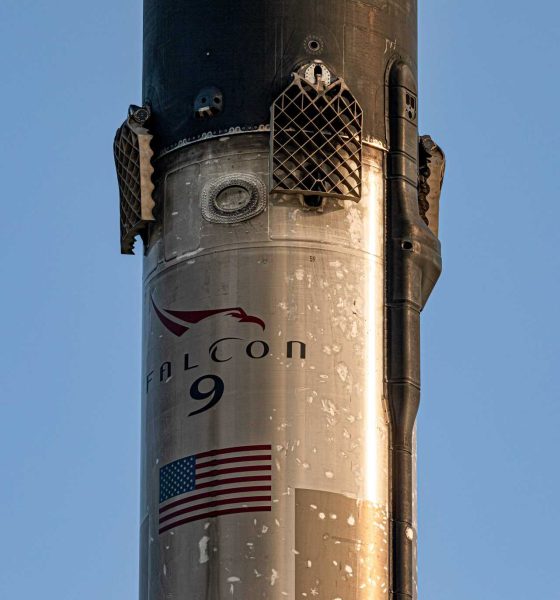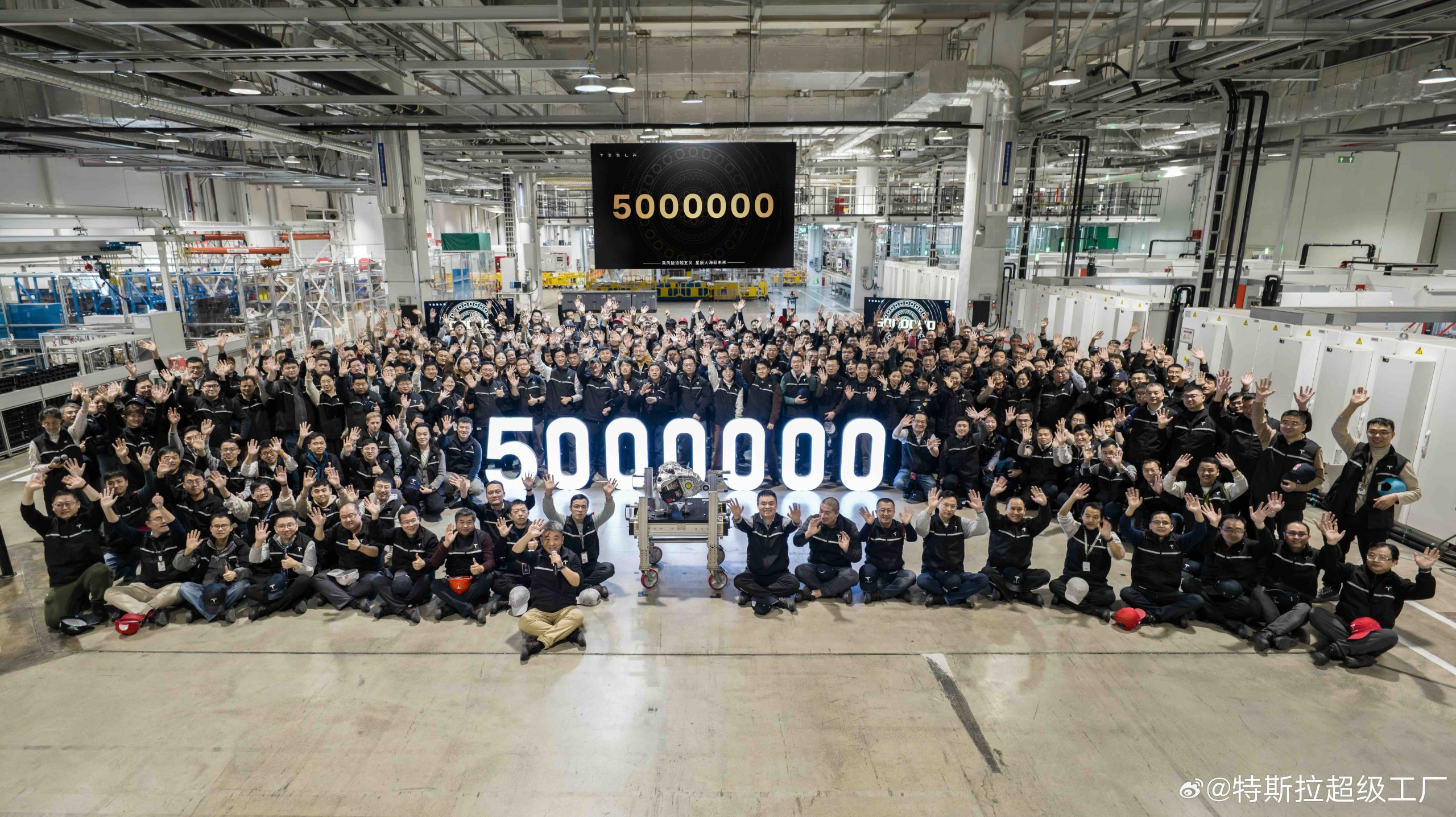

News
SpaceX grapples with failed Falcon 9 landing as Starlink launches slip
The follow-on effects of SpaceX’s failed February 15th booster landing have begun to roll in, triggering at least one to two weeks of delays for several upcoming Starlink launches.
Already delayed a few days and leapfrogging an even more beleaguered Starlink-17 launch originally scheduled as far back as late January, SpaceX Falcon 9 booster B1059 lifted off for the sixth time without issue last Monday. The rocket seemed to perform fine, separating as planned around 150 seconds after launch and leaving Falcon 9’s expendable upper stage to continue on its way to orbit with a ~16-ton (~35,000 lb) batch of 60 Starlink satellites.
During B1059’s “reentry burn,” a period where Falcon boosters reignite three of their Merlin 1D engines to both slow down and create a sort of shield with the rocket exhaust that burn produces, something went wrong. Unusual sparks quite literally flew during and after the last few seconds of the burn and the bright flare produced by Falcon 9’s engines dissipated far slower than usual. Eventually, when B1059 was expected to fire up for one final landing burn, all that was visible from a live camera on SpaceX’s drone ship was two flashes of warm light.
It’s hard to say for sure without an official comment from SpaceX but those flashes may have been the drone ship camera capturing the mid-air breakup and fast-fire (or explosion) of the Falcon 9 booster some 20-30 seconds before a planned soft landing. The odd behavior observed during and after the reentry burn could have also indicated a partial loss of thrust in one or more of B1059’s three reentry engines.
Unofficial analysis of the telemetry data included in SpaceX’s public webcasts more or less aligns with that theory, suggesting that Falcon 9 B1059 reentry burn lasted a nominal duration but didn’t slow the rocket down as much as it should have. As a result, B1059 would have been traveling faster and at a lower altitude relative to a nominal Starlink mission, which is exactly what’s observed in a comparison between Starlink-18 and Starlink-19, virtually identical launches completed 11 days apart.
That same telemetry also suggests that Falcon 9 B1059 may have lost thrust before its first burn completed, possibly explaining why the timing of launch events on SpaceX’s webcast and an official SpaceX.com launch timeline began to drastically diverge after MECO. MECO itself occurred about five seconds behind that schedule, gradually ballooning to a difference of more than half a minute for Starlink satellite deployment an hour after launch.
That observation increases the similarity between Starlink-5 and Starlink-19, both of which seemingly suffered a boost phase anomaly, off-nominal reentry burn performance, and booster loss well before landing. SpaceX’s Starlink-5 engine-out anomaly and failed booster landing grounded the company for about five weeks before it eventually returned to flight on April 22nd, 2020.
SpaceX appears to be working to mitigate the impact from Starlink-19 but a delay of at least 1-2 weeks is in order based on current schedules. Perhaps the most chronically delayed SpaceX launch of all time, Starlink-17 – originally scheduled to fly as early as “Jan. 29, Jan. 30, Jan. 31, Feb. 1, Feb. 2, Feb. 4, Feb. 5, Feb. 7, Feb. 17,” and Feb. 25 – is now on the calendar for no earlier than (NET) February 28th. Starlink-20, planned to launch in the last week of February, has been tentatively pushed to no earlier than March 7th. Both dates are assuredly subject – and likely – to change as SpaceX works to close out its Starlink-19 anomaly investigation and implement any necessary changes.

News
Tesla earns top honors at MotorTrend’s SDV Innovator Awards
MotorTrend’s SDV Awards were presented during CES 2026 in Las Vegas.

Tesla emerged as one of the most recognized automakers at MotorTrend’s 2026 Software-Defined Vehicle (SDV) Innovator Awards.
As could be seen in a press release from the publication, two key Tesla employees were honored for their work on AI, autonomy, and vehicle software. MotorTrend’s SDV Awards were presented during CES 2026 in Las Vegas.
Tesla leaders and engineers recognized
The fourth annual SDV Innovator Awards celebrate pioneers and experts who are pushing the automotive industry deeper into software-driven development. Among the most notable honorees for this year was Ashok Elluswamy, Tesla’s Vice President of AI Software, who received a Pioneer Award for his role in advancing artificial intelligence and autonomy across the company’s vehicle lineup.
Tesla also secured recognition in the Expert category, with Lawson Fulton, a staff Autopilot machine learning engineer, honored for his contributions to Tesla’s driver-assistance and autonomous systems.
Tesla’s software-first strategy
While automakers like General Motors, Ford, and Rivian also received recognition, Tesla’s multiple awards stood out given the company’s outsized role in popularizing software-defined vehicles over the past decade. From frequent OTA updates to its data-driven approach to autonomy, Tesla has consistently treated vehicles as evolving software platforms rather than static products.
This has made Tesla’s vehicles very unique in their respective sectors, as they are arguably the only cars that objectively get better over time. This is especially true for vehicles that are loaded with the company’s Full Self-Driving system, which are getting progressively more intelligent and autonomous over time. The majority of Tesla’s updates to its vehicles are free as well, which is very much appreciated by customers worldwide.
Elon Musk
Judge clears path for Elon Musk’s OpenAI lawsuit to go before a jury
The decision maintains Musk’s claims that OpenAI’s shift toward a for-profit structure violated early assurances made to him as a co-founder.

A U.S. judge has ruled that Elon Musk’s lawsuit accusing OpenAI of abandoning its founding nonprofit mission can proceed to a jury trial.
The decision maintains Musk’s claims that OpenAI’s shift toward a for-profit structure violated early assurances made to him as a co-founder. These claims are directly opposed by OpenAI.
Judge says disputed facts warrant a trial
At a hearing in Oakland, U.S. District Judge Yvonne Gonzalez Rogers stated that there was “plenty of evidence” suggesting that OpenAI leaders had promised that the organization’s original nonprofit structure would be maintained. She ruled that those disputed facts should be evaluated by a jury at a trial in March rather than decided by the court at this stage, as noted in a Reuters report.
Musk helped co-found OpenAI in 2015 but left the organization in 2018. In his lawsuit, he argued that he contributed roughly $38 million, or about 60% of OpenAI’s early funding, based on assurances that the company would remain a nonprofit dedicated to the public benefit. He is seeking unspecified monetary damages tied to what he describes as “ill-gotten gains.”
OpenAI, however, has repeatedly rejected Musk’s allegations. The company has stated that Musk’s claims were baseless and part of a pattern of harassment.
Rivalries and Microsoft ties
The case unfolds against the backdrop of intensifying competition in generative artificial intelligence. Musk now runs xAI, whose Grok chatbot competes directly with OpenAI’s flagship ChatGPT. OpenAI has argued that Musk is a frustrated commercial rival who is simply attempting to slow down a market leader.
The lawsuit also names Microsoft as a defendant, citing its multibillion-dollar partnerships with OpenAI. Microsoft has urged the court to dismiss the claims against it, arguing there is no evidence it aided or abetted any alleged misconduct. Lawyers for OpenAI have also pushed for the case to be thrown out, claiming that Musk failed to show sufficient factual basis for claims such as fraud and breach of contract.
Judge Gonzalez Rogers, however, declined to end the case at this stage, noting that a jury would also need to consider whether Musk filed the lawsuit within the applicable statute of limitations. Still, the dispute between Elon Musk and OpenAI is now headed for a high-profile jury trial in the coming months.
News
Tesla Giga Shanghai celebrates 5 million electric drive unit milestone
The milestone was celebrated by the company in a post on its official Weibo account.

Tesla China has reached another manufacturing milestone at Gigafactory Shanghai, rolling out the facility’s 5 millionth locally produced drive unit.
The milestone was celebrated by the company in a post on its official Weibo account. In its post, the Giga Shanghai team could be seen posing with the 5 millionth drive unit.
Giga Shanghai’s major benchmark
The milestone drive unit was produced at Gigafactory Shanghai, which produces the Model Y and the Model 3. In a release, Tesla China noted that its three-in-one integrated electric drive system combines the motor, gearbox, and inverter into a single compact assembly. This forms a powerful “heart” for the company’s electric cars.
Tesla China also noted that its drive units’ integrated design improves energy conversion efficiency while reducing overall weight and complexity, benefits that translate into stronger performance, improved handling, and longer service life for its vehicles.

The new milestone builds on earlier achievements at the same site. In July 2024, Tesla announced that its 10 millionth electric drive system globally had rolled off the line at the Shanghai plant, making it the first self-produced Tesla component to reach that volume.
More recently, the factory also produced its 4 millionth China-made vehicle, a Model Y L. The factory has also continued hitting global production milestones, rolling out Tesla’s 9 millionth EV worldwide late last year, with the landmark vehicle being a Tesla Model Y.
Tesla China’s role
Construction of Giga Shanghai began in January 2019, with production starting by the end of that year. This made it the first wholly foreign-owned automotive manufacturing project in China. The facility began delivering Model 3 vehicles locally in early 2020 and added Model Y production in 2021. The plant is now capable of producing about 1 million vehicles annually.

Throughout 2025, Giga Shanghai delivered 851,732 vehicles, representing a 7.08% year-on-year decline, according to data compiled by CNEVPost. Even so, recent months showed renewed momentum.
In December alone, Tesla China recorded wholesale sales of 97,171 vehicles, including domestic deliveries and exports, making it the company’s second-best monthly total on record, per data from the China Passenger Car Association. Retail sales during December reached roughly 94,000 units, up about 13% year over year.








